Research Article
Impact of Superabsorbent Polymer on Yield and Growth Analysis of Soybean (Glycine max L.) Under Drought Stress Condition
Department of Agronomy, University College Aboureihan, Tehran University, Tahran, Iran
Iraj Allahdadi
Department of Agronomy, University College Aboureihan, Tehran University, Tahran, Iran
Gholam Abas Akbari
Department of Agronomy, University College Aboureihan, Tehran University, Tahran, Iran









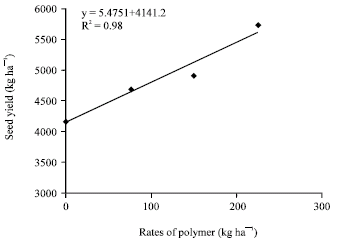



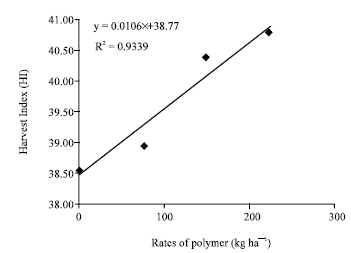
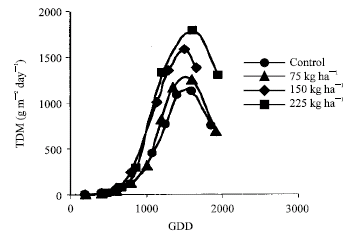
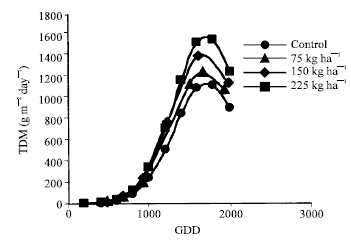
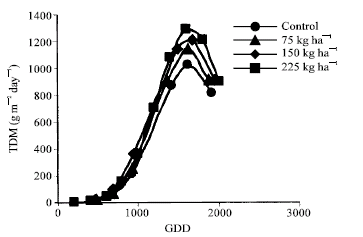
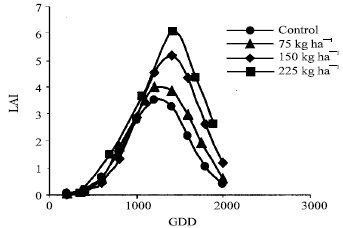
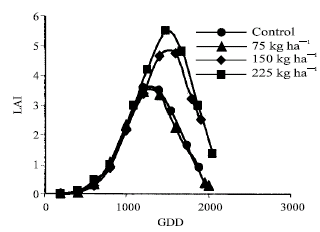
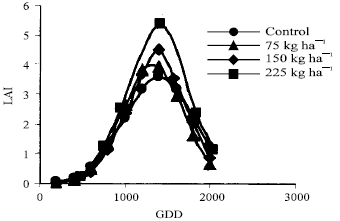
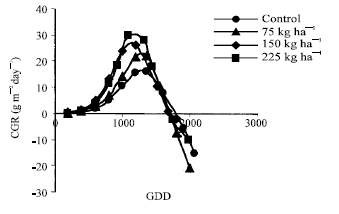
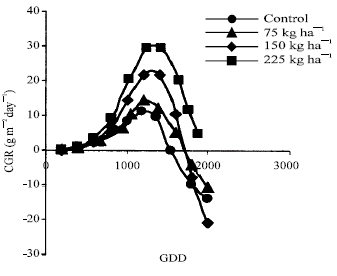
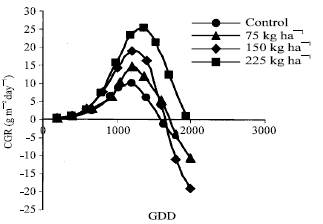
Dr. Ayyad Al -Shahwany Reply
Hi
Please I would like to know if we can using superabsorbent polymer coated with Azotobacter before adding to the field soil?
we are working in college of sciences/University of Baghdad to using these polymer as Bio-fertilizer application on Growth and Yield of Wheat Triticum aestivum L.
I hope to haring from you some ides about this work soon.
Regards,
Prof Ayyad Al-Shahwany,PhD,Plant Physiology
College of sciences/University of Baghdad.